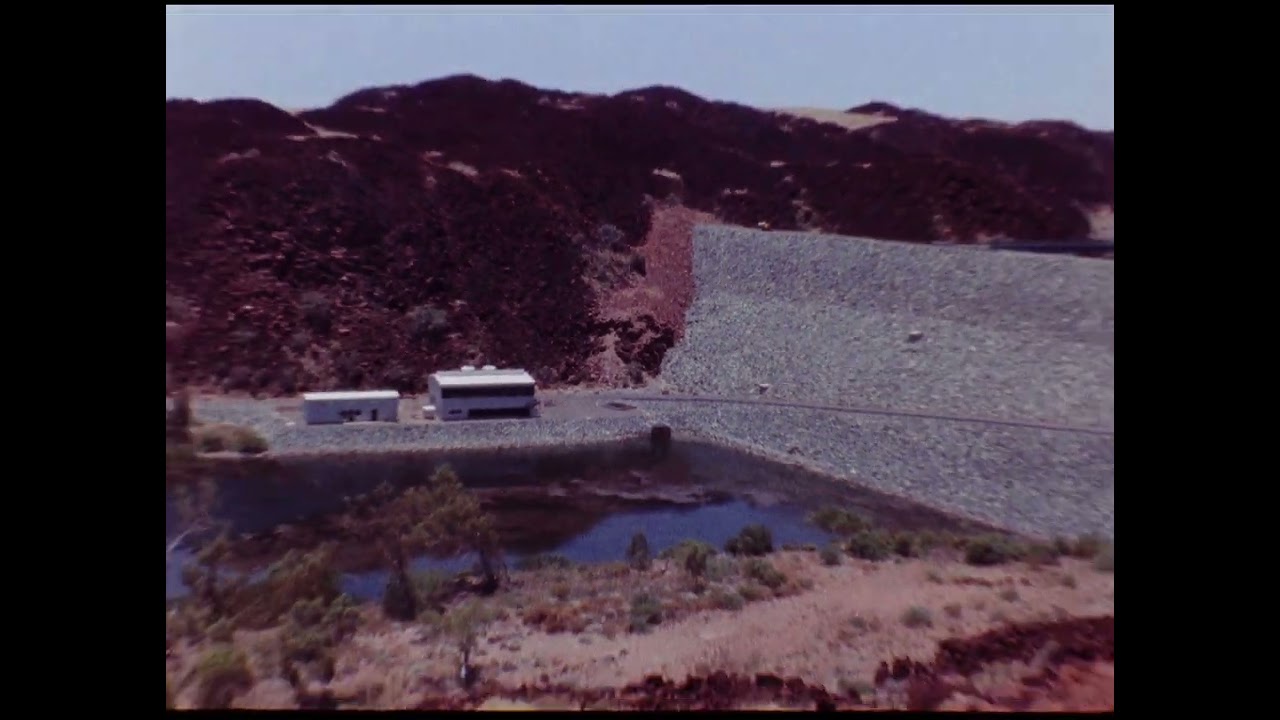As a postscript to my earlier replies, here is a neg scan taken on the Mark 2 machine. The film was neg and learning how to expose correctly in the scanner and finesse it in DaVinci Resolve has been a mission.
There is some vertical jitter in the image which I have not corrected. That is to be expected with 35 year old film which has been less than ideally stored. The lightpin when kept clean and correctly focused upon the film is capable of acceptably steady register with good film.
I have done a mod on the machine whichw as to install a more powerful COB LED as recommended by another user.
One downside with that lamp is that it is a smaller area source and placement of the diffuser took some sorting out. Any falloff of the light towards the edges is massively amplified by a neg scan.
Roger has since also upgraded his machine with a new lamp which has a much more even spread of light and also a new camera.
I have also experimented very recently with a 4K camera. This requires the Spinnaker software to run it and it is nowhere near as simple to operate as the purposed software for the Mark 2.
Whilst it is nice to have that extra resolution from the camera and a little more dynamic range, for practicality and convenience in operating the machine, the reality is that the camera and software as provided is best for the average punter.
My PC is only capable of sustained recording with the 4K camera sensor image cropped to 2880 x 2160. Any more pixels into the bin and the buffer runs out after about 200ft of film.
I imagine that very many of the mom and pop shop users Roger provides to will have PCs incapable of sustained recording of more than 2K and some resistance to upgrading them.
Neg scan with original camera, new lamp, inverted and processed in DaVinci Resolve. No stabilisation.
Positive scan of old film with 4K cropped sensor, new lamp, lightly processed in DaVinci Resolve to recovery slightly faded red and blue channels. No stabilisation. Image shake is due to the camera operator and a small consumer tripod trembling under the weight of the camera and lens. The colour rendition is fairly faithful of the summer lighting conditions, the pastel colours of the vegetation and hard sky. The blue hue indoors is due to the Type 85B daylight correction filter having been removed in the quest for more light into the camera lens.

